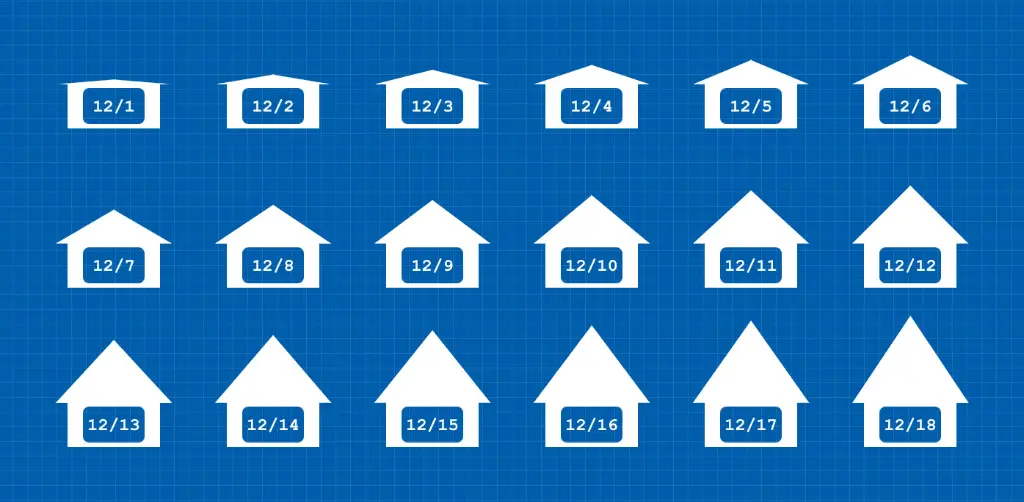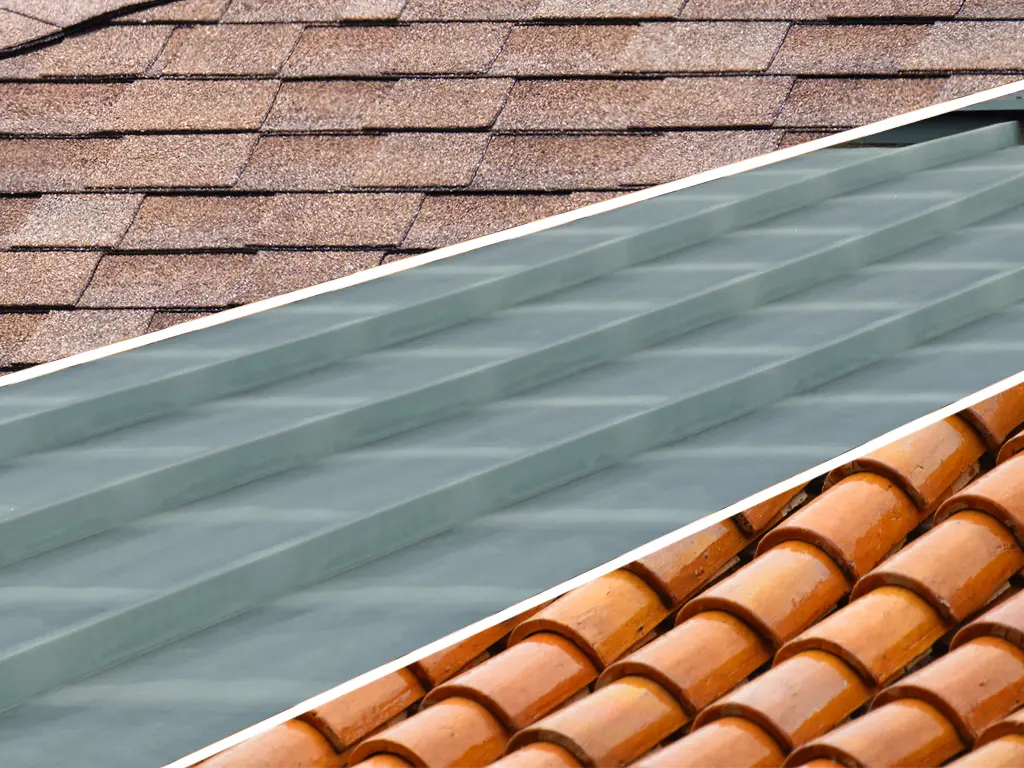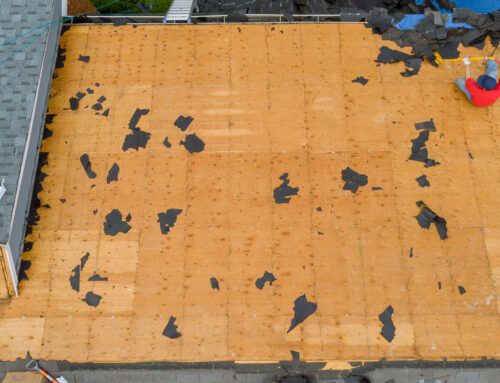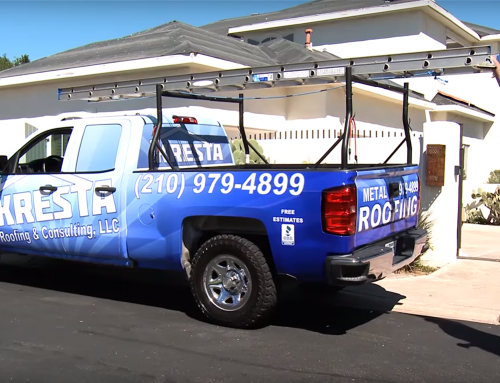How We Walk On The Roof

When you see roofers at work, it might look like they are effortlessly navigating the steep slopes and precarious edges of a roof. However, walking on a roof requires skill, knowledge, and an acute awareness of safety protocols. Whether you’re a homeowner contemplating some DIY roofing or simply curious about the trade, understanding how roofers walk on a roof can provide valuable insights into the complexities and techniques of this essential and dangerous job.

Understanding the Roof Structure
Before stepping onto a roof, a roofer must have a thorough understanding of its structure. Roofs vary in pitch, material, and condition, all of which affect how one should move. Key elements include:

Pitch: The steepness of a roof is measured by its pitch, typically given as the ratio of vertical rise to horizontal run (e.g., 4:12). Steeper roofs (over 6:12) require more caution and specialized equipment.
Photo: Sean Reeves, CC BY-SA 3.0, via Wikimedia Commons

Material: Different roofing materials, such as asphalt shingles, metal panels, or clay tiles, each have unique traction properties and load-bearing capacities.

Condition: Inspecting the roof for damage or wear is crucial. Weak spots or areas with algae and moss can be particularly slippery.
Essential Safety Gear
Safety is important when working on a roof. Walking on a roof without the proper safety gear can lead to injury or worse. Professional roofers equip themselves with various safety gear to minimize risks such as:

Harness and Lanyard: A fall arrest system includes a harness attached to a secure anchor point, preventing falls from heights.

Roof Brackets: These are temporary supports attached to the roof to provide a stable standing platform.

Non-Slip Shoes: Roofers wear footwear designed to provide maximum traction, even on slick surfaces.

Hard Hats and Gloves: Protecting the head and hands from injuries caused by falling debris or accidental slips.
Pre-Walk Inspection
Before walking on a roof, roofers conduct a comprehensive inspection for their safety and to not make any damaged areas worse. These are the 3 things they consider before walking on any roof:
Techniques For Safe Walking

Walking on a roof requires specific techniques to ensure safety and efficiency. These tips are secondhand nature to professional roofers. If you ever find yourself needing to climb up to your roof, follow this advice on how to walk to keep yourself safe.
- Low Center of Gravity: Keeping the body’s center of gravity low by bending the knees slightly helps maintain balance.
- Short Steps: Taking short, deliberate steps rather than long strides reduces the risk of slipping.
- Body Positioning: Roofers often face uphill while walking on a sloped roof to maintain better control. This is akin to how climbers ascend steep terrain.
- Using Hands: Keeping one hand free to grab onto secure elements, like roof brackets or the ridge, can provide additional stability.
- Foot Placement: Placing feet flat and ensuring the entire sole makes contact with the roof maximizes traction. On steeper roofs, roofers might walk on the balls of their feet for better grip.
Navigating Different Roof Types
There are different roof types, roof pitches, and roofing materials that require tailored approaches for maximum safety.
Tools and Equipment Placement

Safe and efficient roof work involves strategic placement of tools and materials. Proper placement ensures you won’t be injured by tripping over equipment or having heavy materials create further damage.
- Tool Belts: Roofers wear tool belts to keep essential tools within easy reach, minimizing the need to move around excessively.
- Material Distribution: Heavy materials are distributed evenly across the roof to avoid creating unbalanced weight that could cause a collapse.
- Staging Areas: Designated areas are set up where tools and materials are stored safely and securely.
Walking on a roof is an art that combines knowledge, skill, and caution. Professional roofers make it look easy, but their expertise comes from rigorous training and an understanding of roofing systems and safety protocols. At Kresta Roofing, walking and working on roofs is second nature to our roofing contractors. We highly recommend that you don’t go up on your roof yourself. If you’re concerned that your roof may have damage, call us for a free roof inspection. We will inspect the roof, take pictures, and let you know if any repairs are needed.





